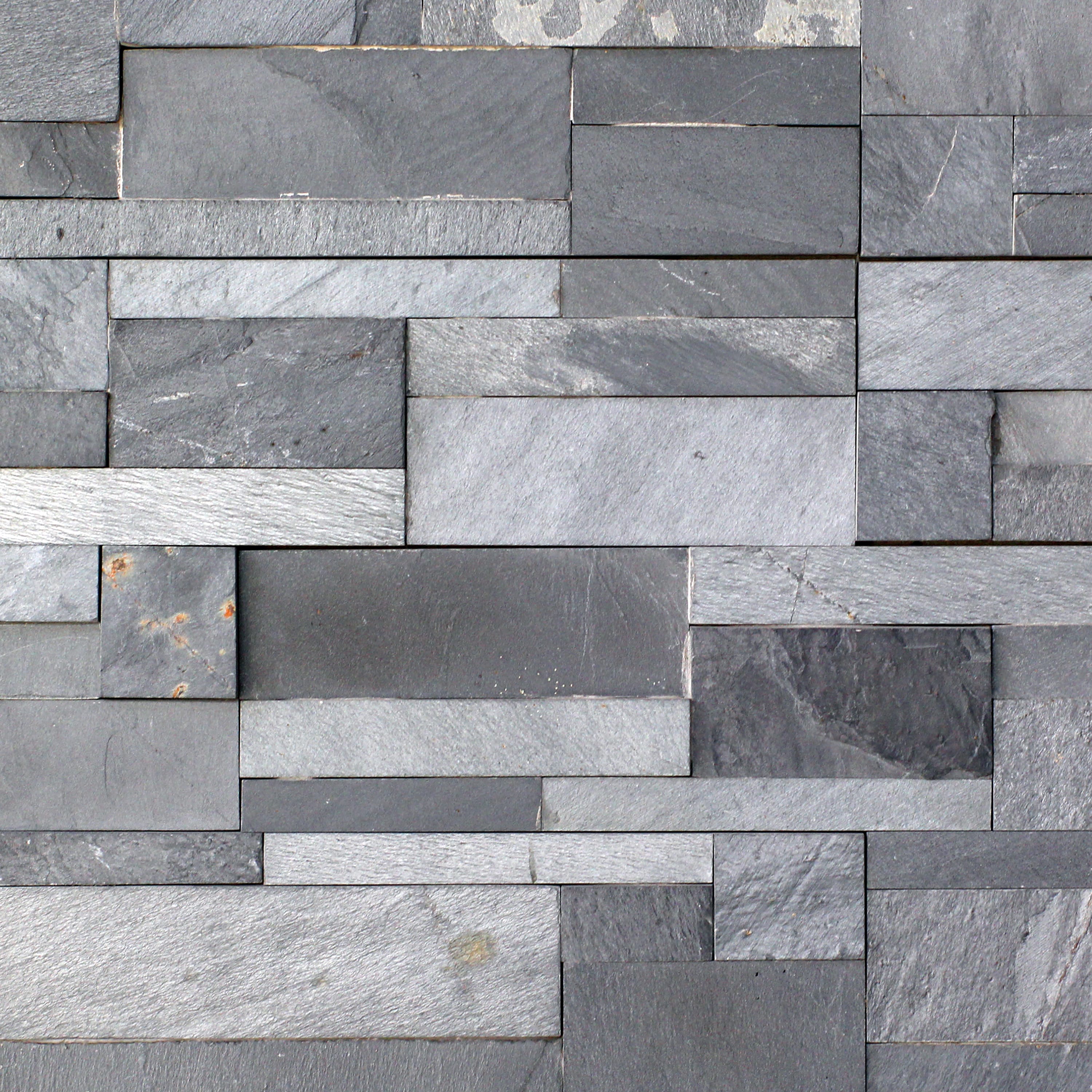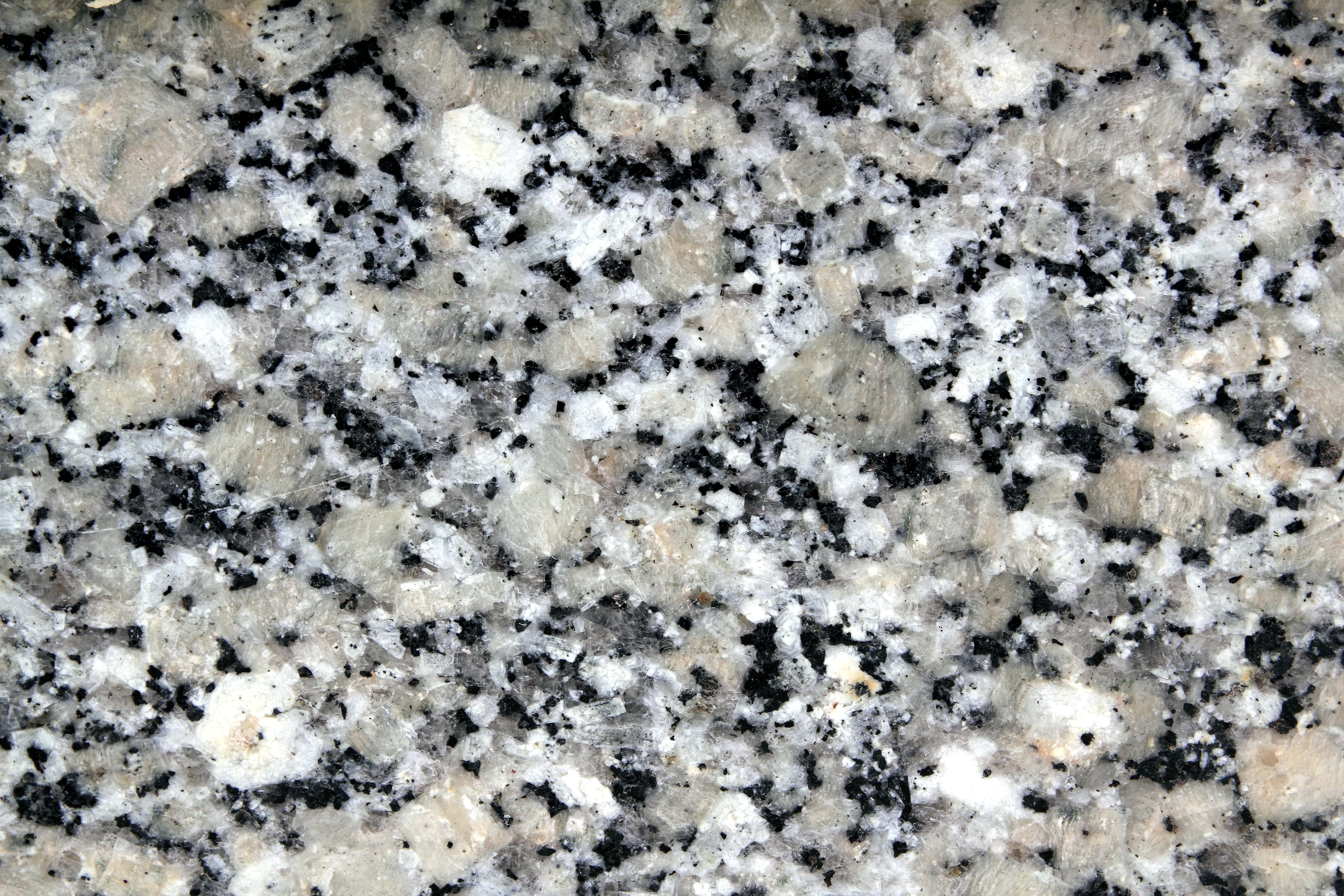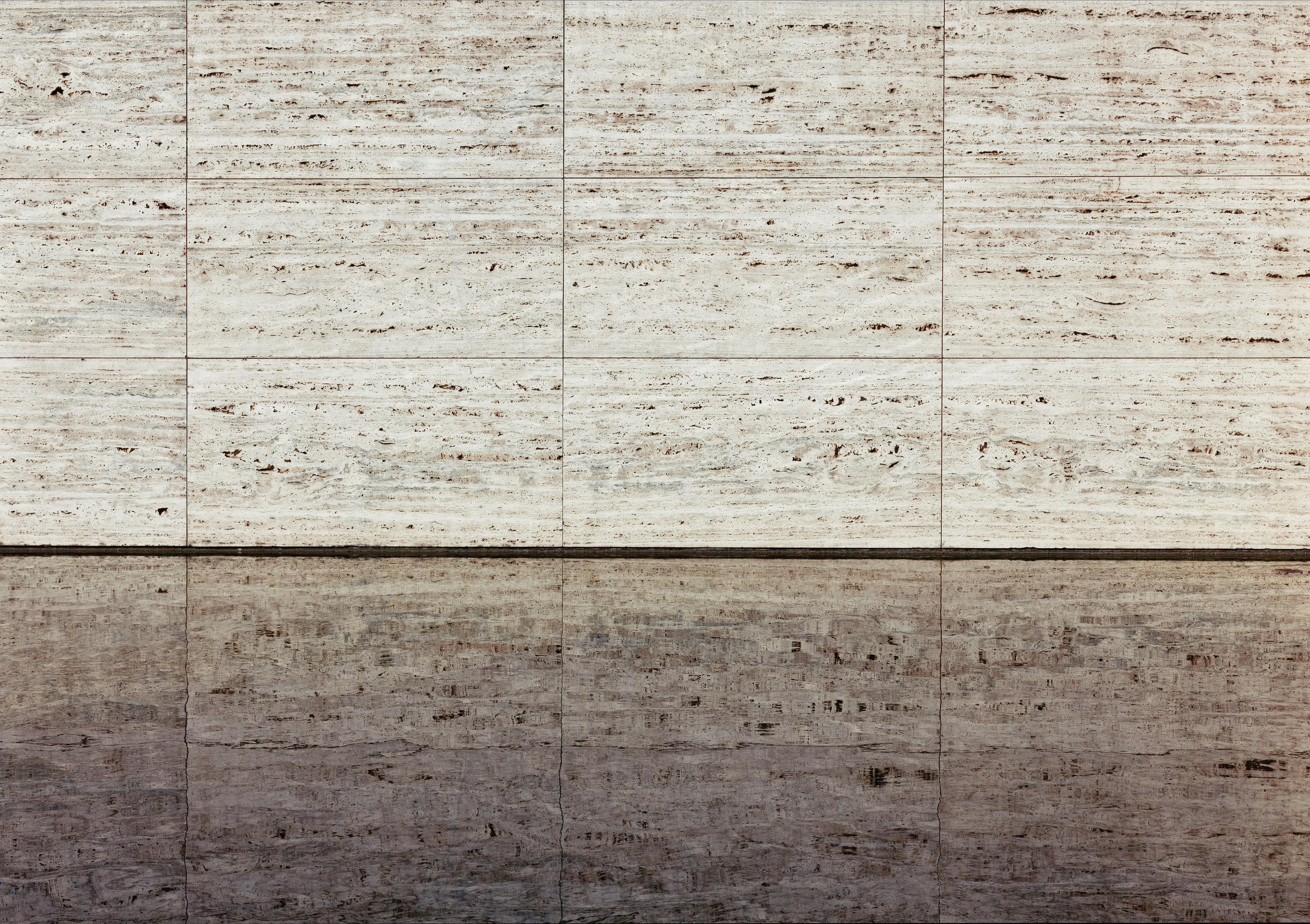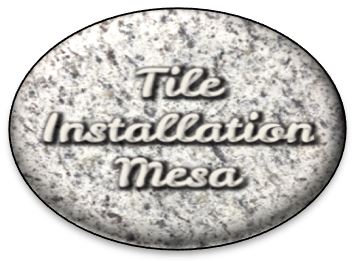Natural Floor Tile
When it comes to Natural Floor Tile, there is a great variety to choose. Understanding your location in the office, business or home will help determine the best suitable tiling for your project. For instance: Is your tiling area going to be in a normally dry, wet, or humid area? Are there lots of foot traffic where the installation is? Is it in an area that may have heavy items drop on the floor? Having these answers at your disposal will help narrow down which Natural Floor Tiling is best suited for your project. All tiling has what’s called an absorption rate. An impervious material (unlike travertine) is resistant to liquids, and its primary location is in high-traffic areas or hallways of commercial buildings. These tiles are much easier to maintain, and much more durable. Vitreous materials possess a standard level of absorption for flooring applications.

Typically, Natural Tiles are found in low to mid-level traffic areas and can be used indoors or outdoors. Semi-vitreous flooring is a bit less absorbent, and needs more maintenance then the densities mentioned above. Natural tiling that are semi-vitreous, should be in primarily dry environments based on its characteristics. Non-vitreous tiling has the highest absorption level of all natural floor tile options. These types of tiling installations should not be around any moisture or wet areas. Indoor installation only. The harder the tiling, the less absorptive the tiles become.

Sandstone is going to be among the more porous types of tiling vs. granite being virtually waterproof. Oxidization can occur in natural tiling over time. Oxidization could lead to long-term material defects based on the natural elements they possess if installed in an outdoor application. Lucky for us in Mesa, we do not have to worry too much about this, as water is a primary factor in the premature degradation of tiling (unless used around swimming pools of course). Natural stone flooring installation is acceptable indoors and outdoors, but the key is to use a more dense tiling for outdoor applications. A non-vitreous material would be more susceptible to absorbing rain, desert dust, and desert dirt. Stones with a low coefficient of friction will have a higher likelihood of creating slipping hazards around swimming pools and hot tubs.
We only provide Grade 1 quality level tiling for our customers, unless we’re specifically requested to provide otherwise.
Natural Stone Flooring has many aesthetically pleasing elements to them:
Natural Stone Tile is a complete, unique, natural design and creation. Creates a feeling of unity with nature and brings the outdoors into your tranquil environment. Typically, Natural Stone Tile has the lowest environmental impact vs. other forms of tiling. With consideration of the application, Quartzite, Granite and some types of Slate are most suitable for moist or damp environments. The rest of the natural tiling is going to be subject to periodic cleaning, treatment and sealing applications. Some of these natural tiles are very brittle and may be subject to cracking if in a higher impact area. Consult one of our tiling professionals for more information on the right application for your project. Call us today.


